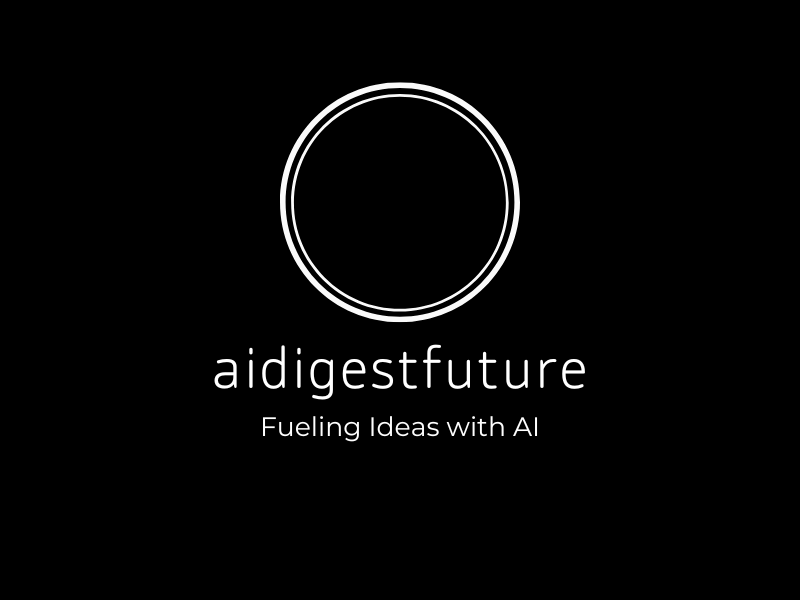
Introduction: AI-Driven School Security for a Safer Tomorrow
Student safety is a paramount concern for educators, parents, and policymakers worldwide. With the rise of sophisticated threats, schools are no longer relying solely on traditional safety measures like locked doors or human surveillance. Instead, artificial intelligence (AI) is stepping in to transform campus security and create safer learning environments. By integrating smart tools and predictive technology, schools are revolutionizing the way they protect students and staff.
In this blog, we’ll explore how AI technology is reshaping school security, the benefits it offers, and how institutions can use these advancements to better foster a safe and productive educational environment.
—
The Current Challenges in School Security
Ensuring school safety isn’t without its challenges. Modern-day schools face a myriad of security concerns, including unauthorized campus access, bullying, physical violence, and even online threats. Traditional systems often fall short due to their reactive nature. Preventative measures are critical for addressing risks before they escalate, but constraints such as funding limitations and human error make this difficult to achieve.
Here are some of the key challenges faced by schools today:
- Vulnerabilities in physical security, such as unlocked doors and lack of surveillance coverage.
- Difficulties in monitoring vast campuses or crowded areas.
- Delays in responding to potential threats or emergencies due to manual processes.
- Increased cybersecurity risks from hackers targeting sensitive school data.
- Ineffectiveness of existing systems in proactively identifying risks, such as weapons or behavioral anomalies.
This is where AI-powered security solutions come into play. They are bridging the gap between outdated protocols and contemporary safety needs.
—
How AI is Revolutionizing School Security
Artificial intelligence is not just a buzzword—it’s a game-changer in ensuring student safety. AI systems use advanced data analysis, machine learning, and predictive algorithms to detect, prevent, and resolve potential threats in real time.
1. AI-Powered Access Control Systems
Modern AI systems help schools manage who enters and exits their campuses. Features such as facial recognition and biometric scanners can ensure only authorized personnel, students, and parents gain access to school grounds, reducing the risk of intrusions.
Advantages include:
- Automated tracking of visitor and student attendance.
- Elimination of outdated physical ID cards prone to misuse.
- Real-time alerts for unauthorized access attempts.
2. Intelligent Video Surveillance
Traditional CCTV cameras can only record events, but AI-integrated surveillance systems take security a step further. These tools analyze live feeds and detect suspicious activity, escalating threats immediately to security personnel.
How intelligent surveillance benefits schools:
- Recognizing abnormal behaviors such as fights, loitering, or unapproved gatherings.
- Spotting weapons or dangerous objects on campus.
- Providing enhanced nighttime monitoring with advanced image recognition.
3. Threat Prediction and Behavioral Analysis
By analyzing patterns in student behavior, AI platforms can identify early signs of bullying, violence, or mental health struggles. This proactive approach allows schools to intervene before issues worsen.
Key features of predictive AI technology:
- Analyzing communication data for threats, such as emails or social media posts.
- Detecting physical cues, such as distressed body language.
- Flagging recurring incidents or individuals for further investigation.
4. Resilient Cybersecurity Measures
As more schools use online tools for academics and administration, cybersecurity has become an integral part of school security strategies. AI can detect vulnerabilities in school networks and prevent cyberattacks targeting student data.
AI-driven cybersecurity benefits for schools:
- Real-time identification and mitigation of phishing and malware attacks.
- Detecting unusual access attempts to protect sensitive records.
- Ensuring safe learning platforms free from harmful materials.
—
The Benefits of AI in School Security
Implementing AI solutions in school security systems isn’t just a technological upgrade—it’s a fundamental change that prioritizes safety and efficiency. The benefits schools gain from integrating AI include:
1. Proactive Risk Mitigation
AI systems operate in real-time, which enables schools to prevent potential issues before they arise. Whether identifying an unauthorized visitor or detecting a security loophole, these tools bring peace of mind to educators and parents alike.
2. Enhanced Efficiency
AI simplifies many labor-intensive aspects of security, such as monitoring cameras or managing visitor logs. This allows school staff to focus more on fostering a nurturing educational experience for students.
3. Scalability
From small schools to sprawling campuses, AI security systems are easily scalable, ensuring that institutions with diverse resource levels can benefit equally.
4. Creating a Positive Learning Environment
When students, parents, and staff feel secure, focus naturally shifts to academics. Safe spaces empower students to learn and thrive without fear or disruption.
—
Adopting AI Solutions for Your Institution
While the adoption of AI security in schools is surging, some administrators may hesitate due to concerns over costs, data privacy, and operational complexity. However, taking small steps towards modernization can yield significant results over time.
Actionable steps for implementing AI-powered school security:
- Start by integrating intelligent surveillance for key areas like entrances and playgrounds.
- Adopt behavior-monitoring AI tools to spot issues such as bullying early on.
- Engage with cybersecurity firms to protect online systems and sensitive data.
- Ensure compliance with privacy laws by choosing ethical and regulation-compliant AI providers.
- Conduct training sessions for staff to operate new systems effectively.
For a detailed breakdown of emerging AI solutions and best practices, explore educational resources on AI Digest Future.
—
Conclusion: A Safer Future Through AI
AI technology is revolutionizing school security, making it more proactive, efficient, and scalable. At its core, these systems aim to create an environment where students can focus on learning without fear or distractions. While adopting AI might seem overwhelming at first, it offers unparalleled opportunities to protect the next generation.
By addressing current challenges and tapping into the potential of AI, schools can turn their campuses into safe learning environments that prepare students for not only academic success but a secure future.
—
Further Reading and Resources
For deeper insights into the role of AI in transforming education and security, check out these external resources:
1. [EdTech Magazine’s AI School Safety Analysis](https://edtechmagazine.com)
2. [Forbes Insights on AI-Driven Campus Security](https://www.forbes.com)
3. [ISTE’s Guide to AI in Education](https://www.iste.org)
4. [McKinsey Report on AI and Education](https://www.mckinsey.com)
5. [National School Safety Center](https://www.schoolsafety.us)
6. [Education Weekly’s AI and Innovation Feature](https://www.edweek.org)
7. [TechCrunch’s AI Applications in Security](https://techcrunch.com)
8. [Education Data Initiative: AI Trends](https://educationdata.org)
9. [Wired: Future of AI in Schools](https://www.wired.com)
10. [National Institute of Standards and Technology: AI Security Applications](https://www.nist.gov)
Stay tuned to AI Digest Future for more on how emerging technologies are reshaping the educational landscape.
